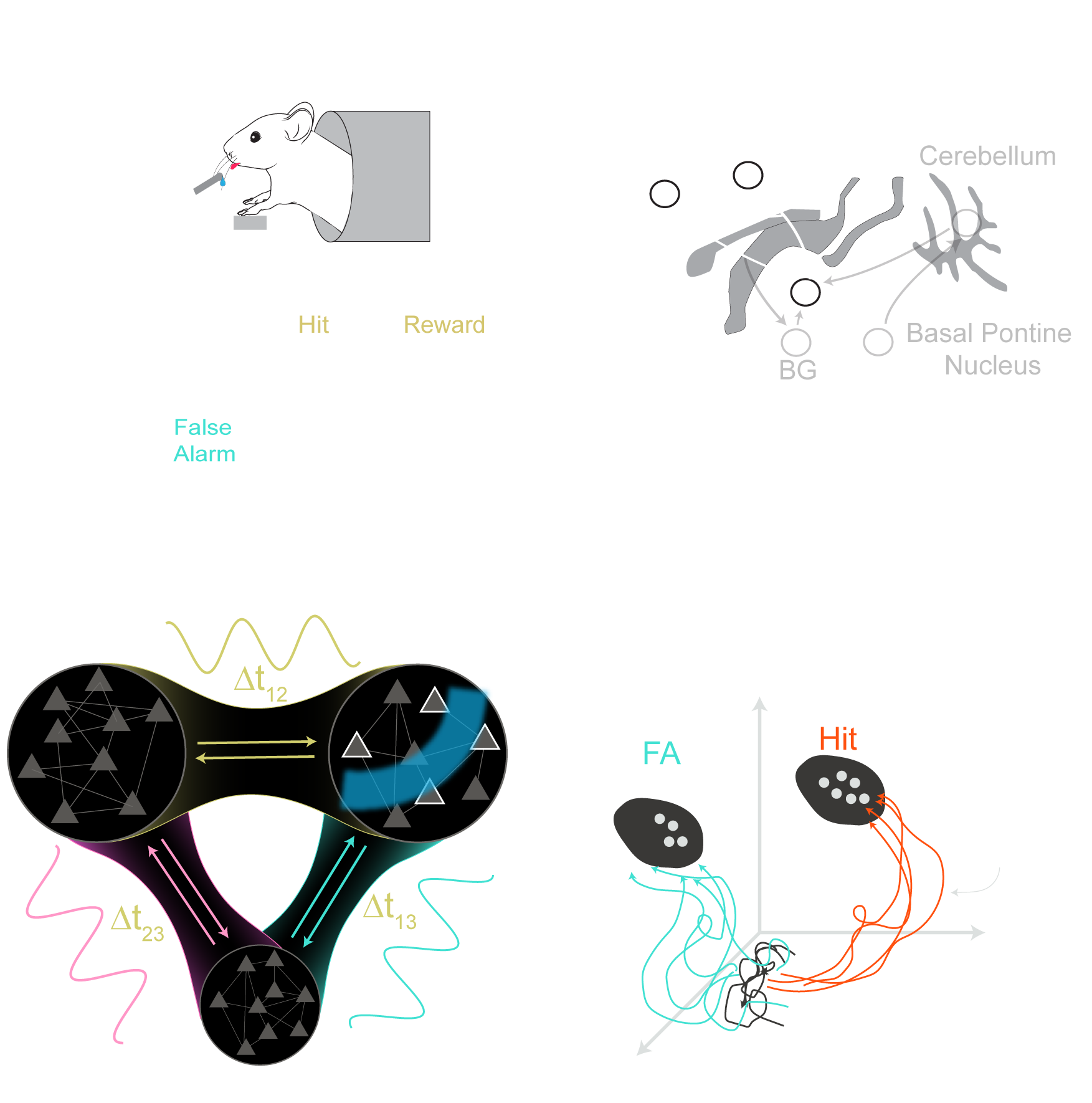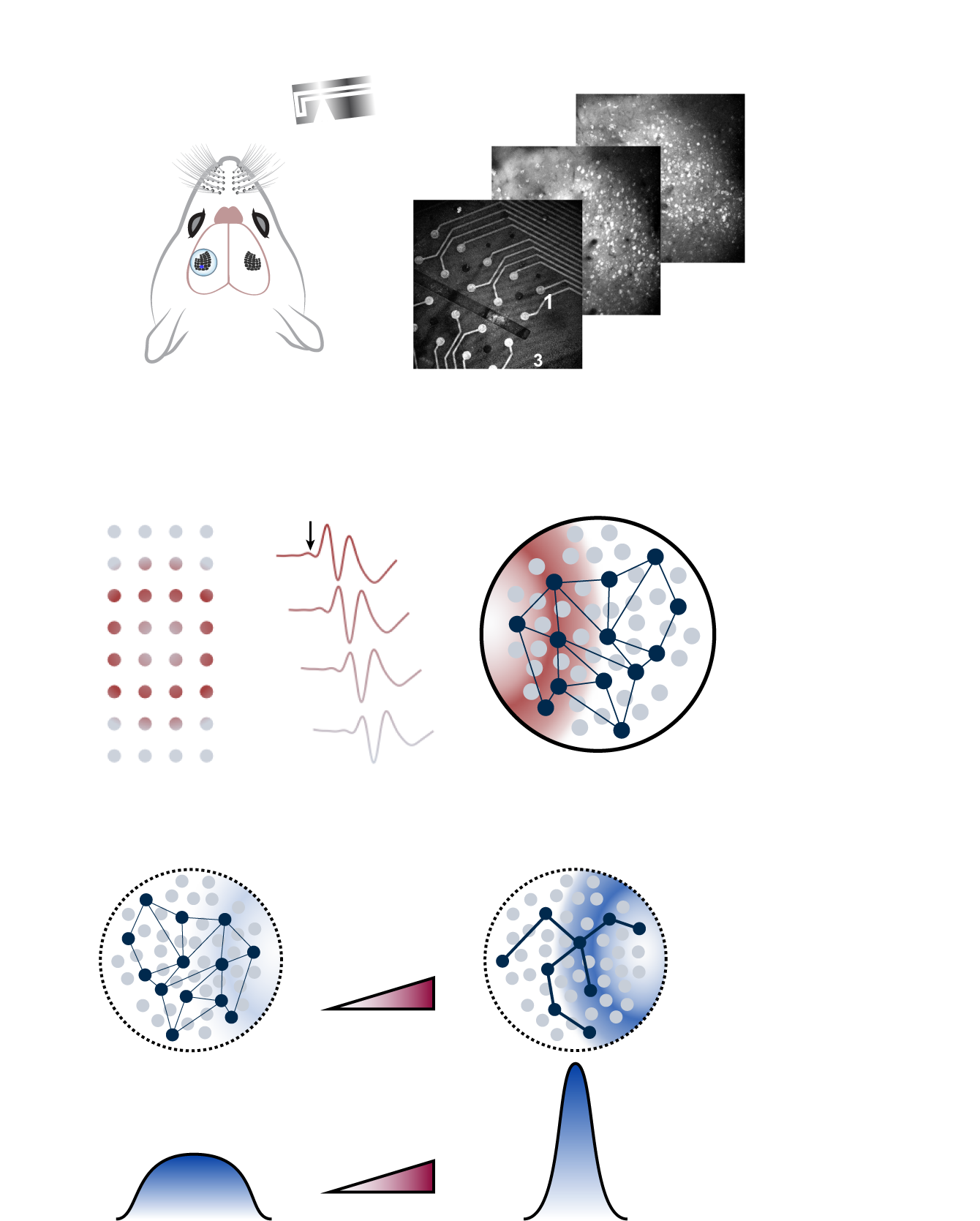 Dynamic rerouting of communication subspaces across the motor cortical heirarchy (in prep)
Dynamic rerouting of communication subspaces across the motor cortical heirarchy (in prep)
Currently, I'm focusing on understanding how behavior, perception, and action is dictated within neuronal circuits. Action potentials are the unit currency in which our neurons communicate, although there are a myriad of other processes that influence the eventual transfer of information, a single spike from a neuron can create a cascading impact throughout the population, leading to some perceptive output. How this dynamic plays out, is one of the questions I am currently chasing after.
 Site-specific seeding of lewy pathtology induces distinct pre-motor cellular and dendritic vulnerabilities (in revison)
Site-specific seeding of lewy pathtology induces distinct pre-motor cellular and dendritic vulnerabilities (in revison)
Currently, I'm focusing on understanding how behavior, perception, and action is dictated within neuronal circuits. Action potentials are the unit currency in which our neurons communicate, although there are a myriad of other processes that influence the eventual transfer of information, a single spike from a neuron can create a cascading impact throughout the population, leading to some perceptive output. How this dynamic plays out, is one of the questions I am currently chasing after.
 A translaminar spacetime code supports touch evoked traveling waves (link)
A translaminar spacetime code supports touch evoked traveling waves (link)
Much of my undergraduate work revolved around designing and fabricating devices to observe neuronal growth and communication. Particularly looking at how perturbations in various physical topographies effect calcium communication. So why start there? To begin, we need to first take a look at how the human brain develops and changes over time. It is no means a flat plane, rather the neocortex is filled with these "hills and valleys". Biological evolution has allowed our brains to attain a very large volume relative to surface area. If we can model the finer topographical structures in the human cortex on a petri dish, then it stands that we can learn some of the factors that play a role in the morphology of cellular communication and subnetworks.
 Multi-curvature micropatterns unveil distinct calcium and mitochondrial dynamics in neuronal networks (pdf)
Multi-curvature micropatterns unveil distinct calcium and mitochondrial dynamics in neuronal networks (pdf)
Much of my undergraduate work revolved around designing and fabricating devices to observe neuronal growth and communication. Particularly looking at how perturbations in various physical topographies effect calcium communication. So why start there? To begin, we need to first take a look at how the human brain develops and changes over time. It is no means a flat plane, rather the neocortex is filled with these "hills and valleys". Biological evolution has allowed our brains to attain a very large volume relative to surface area. If we can model the finer topographical structures in the human cortex on a petri dish, then it stands that we can learn some of the factors that play a role in the morphology of cellular communication and subnetworks.